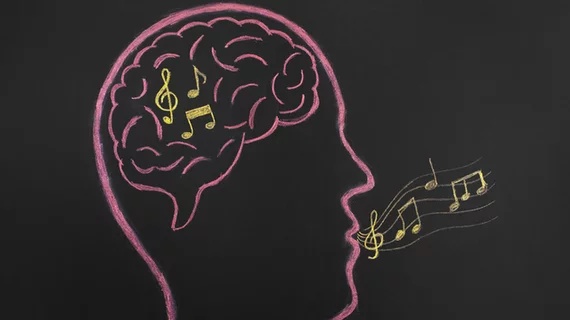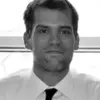MRI shows how music alters brain activity in beatboxers, guitarists
Scientists from University College London used MRI to show how music can change our brain, finding neural activity in guitarists, beatboxers and non-musicians differed when listening to various sounds.
According to the research, published Aug. 31 in Cerebral Cortex, beatboxers—individuals who mimic drum machines with their mouths—experience increased activity in the brain region responsible for mouth movements when listening to beatbox music. Similarly, the area of a guitarist’s brain concernws with hand movements will kick into gear when listening to a guitar track.
"We are excited by these findings because they indicate that experience of producing music changes the way we perceive it—perhaps explaining why professional musicians can hone in on technical expertise so easily to play complex pieces without having to think about each note," said Saloni Krishnan, PhD, MSc, lead author and post-doctoral research assistant at Oxford University.
The researchers examined 60 individuals—20 beatboxers, 20 guitarists and 20 non-musicians. The group had an average age of 28.2 years and was 88.3 percent male. The musicians averaged 8.5 years of professional experience.
MRI showed that brain activity remained relatively steady in all participants except for musicians when listening to recordings including their own instrument. The brain of a musician, according to the researchers, connects physical movements associated with creating music.
"This study reveals the intimate empathy kicked up by observing or listening to another specialist in your field,” said Harry Yeff, study coauthor and internationally known beatboxer, in a release from University College London. “Surprisingly, beatboxing in 2018 encompasses a new breed of vocal technicality, challenging the previously established limitations of what is vocally possible.”

